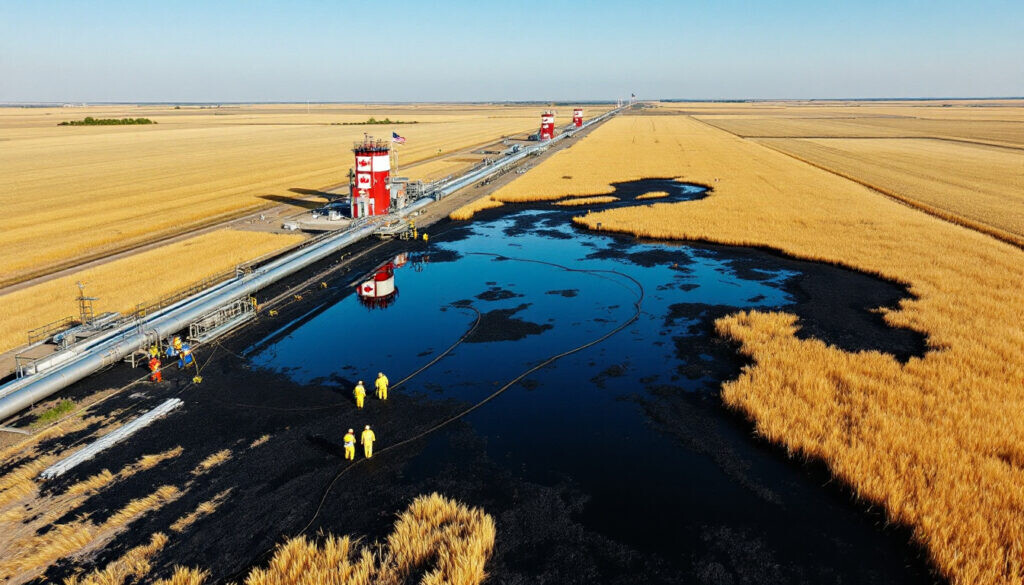
North Dakota, USA – The Keystone Pipeline, a major conduit transporting crude oil from Canada to the United States, was urgently shut down on Tuesday morning, April 8th, following reports of a "mechanical noise." Bill Suess, who manages the spill investigation program for the North Dakota Department of Environmental Quality, told CBS News that "a staff person at a pump station heard what they described as a mechanical noise around 7:44 a.m." He added that the employee immediately shut down the pipeline and notified emergency responders.
South Bow, the liquid pipeline operator that has managed the pipeline's operations since 2024, stated that its control center's leak detection system had identified a pressure drop within the system. The company explained that shutdown and response procedures were initiated around 7:42 a.m.
According to South Bow, the affected section of the pipeline has been isolated, and operations and spill prevention resources have been mobilized to the site. The rupture point has been identified near milepost 171, in the vicinity of Fort Ransom.
In an interview with the Associated Press, Suess indicated that the crude oil spill from the pipeline was confined to agricultural land south of the pump station. He also noted that oil surfacing was confirmed approximately 300 yards south of the pump station, and emergency crews were on the scene.
The North Dakota Department of Environmental Quality announced in a press release that its personnel were responding to the spill site and would oversee the remediation efforts. The cause of the rupture and the volume of spilled oil are currently under investigation.
Suess told the AP that there were no reports of injuries or structural damage, and a nearby creek that was temporarily flowing was not impacted but had been blocked and contained as a precautionary measure. South Bow stated that it is "conducting the appropriate notifications to regulatory agencies, landowners, and customers."
The Keystone Pipeline, which began operating in 2011, is a crucial piece of infrastructure for transporting Canadian crude oil to the United States. The pipeline runs through North Dakota, South Dakota, Nebraska, Kansas, and Missouri, extending to refineries in Illinois and Oklahoma. Plans for an extension of the pipeline to refineries on the Gulf Coast were canceled in 2021 after years of protests.
According to CBS News reports, the Keystone Pipeline has experienced at least three significant spills since 2017. The largest incident occurred in 2022 when approximately 14,000 barrels of crude oil leaked into a creek in Kansas. This latest incident is likely to reignite concerns about the safety of the Keystone Pipeline. Authorities are currently focused on investigating the precise cause of the incident and the extent of the damage.
[Copyright (c) Global Economic Times. All Rights Reserved.]






























